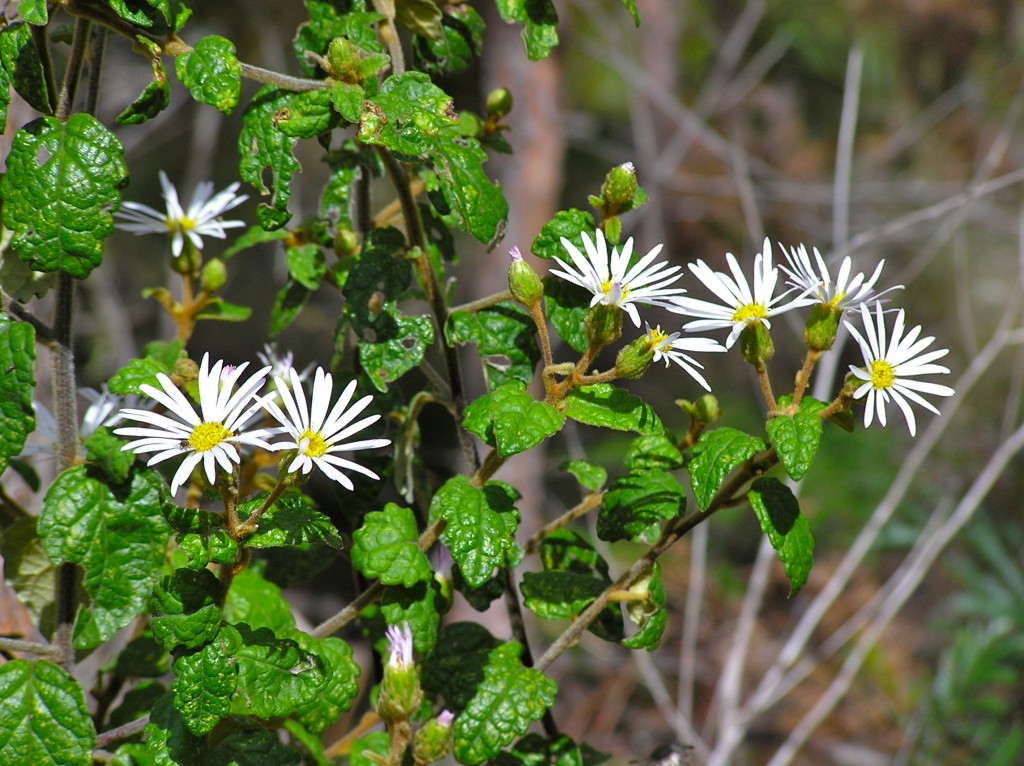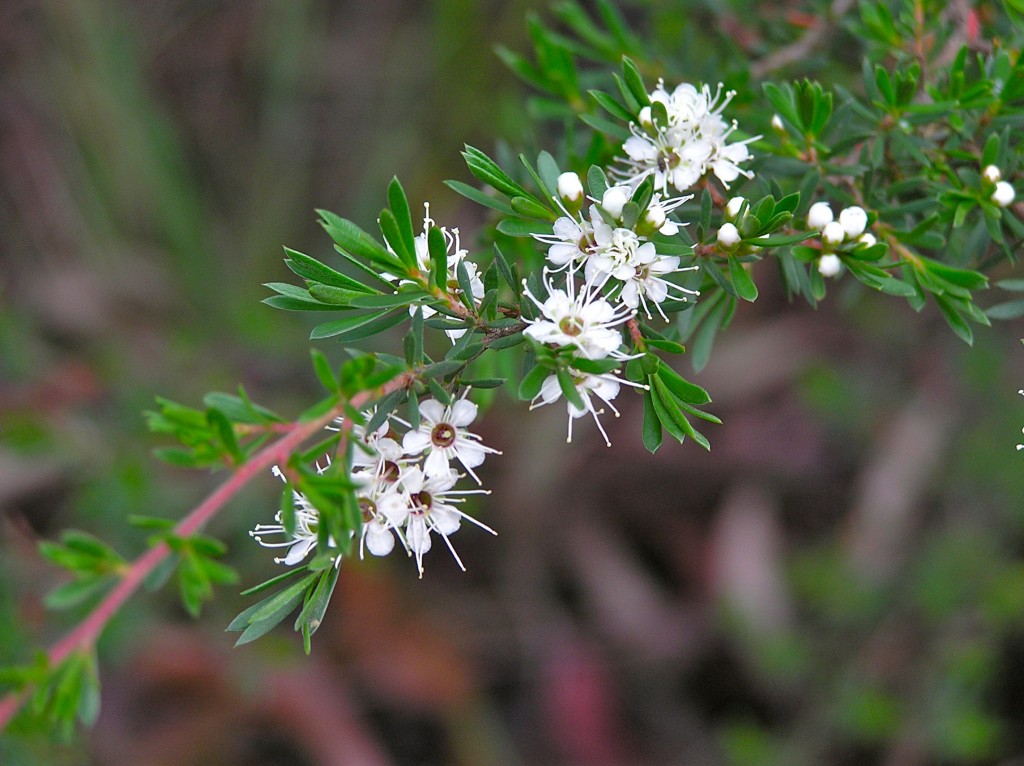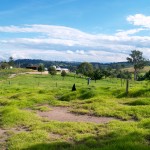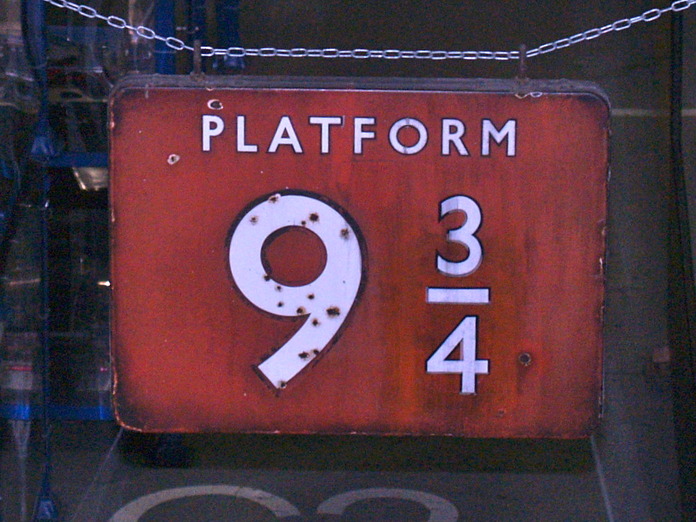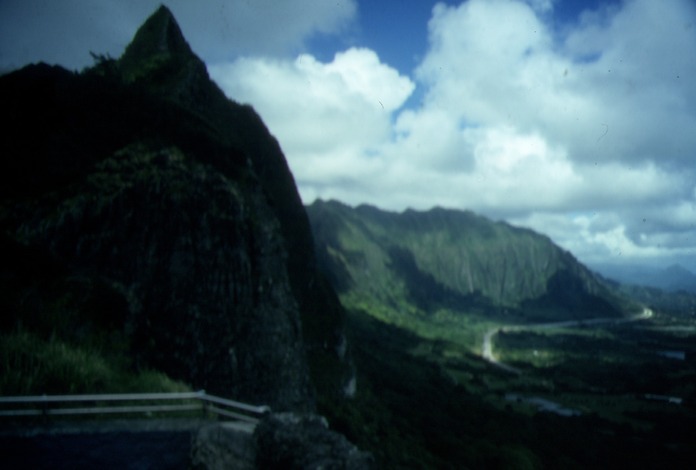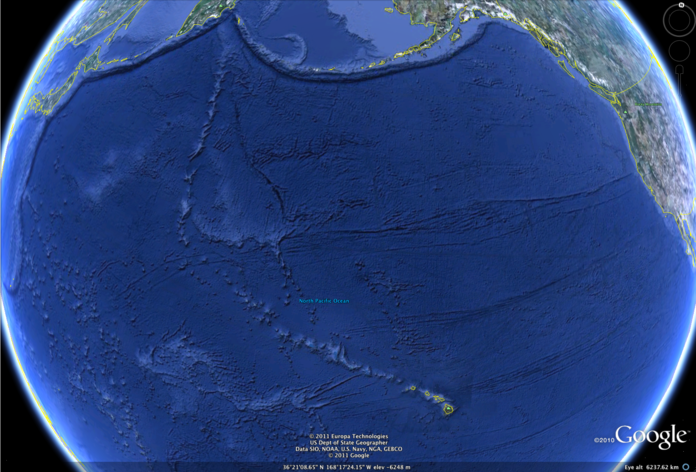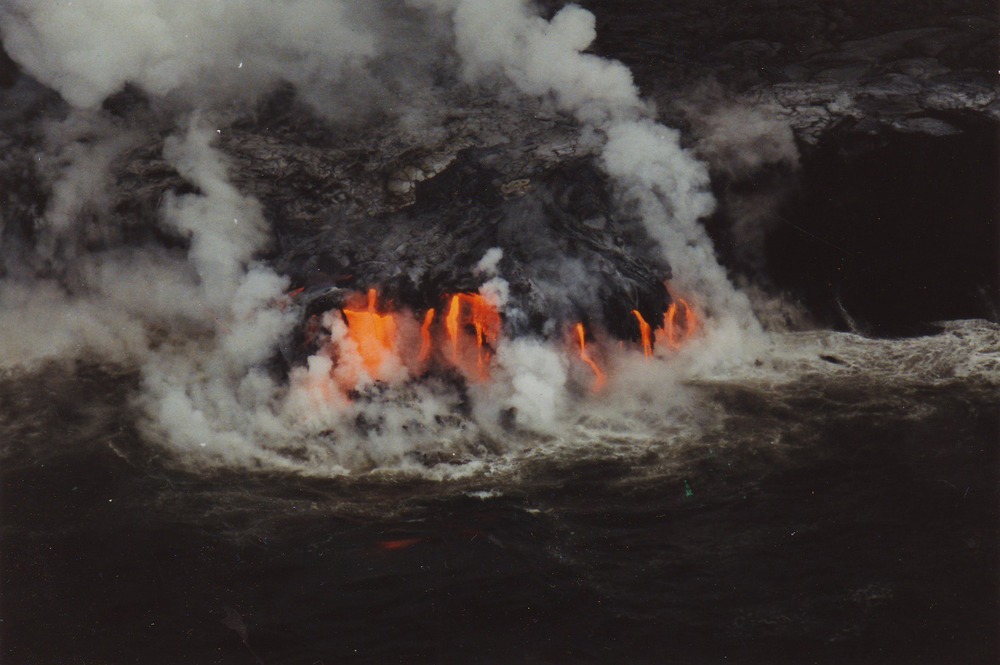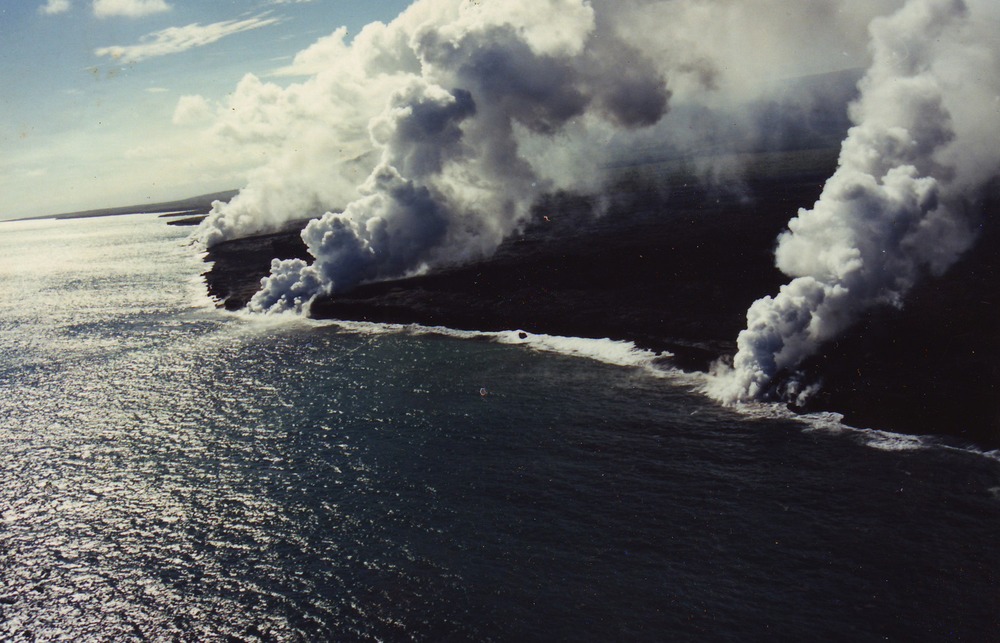This post was set up to make viewing of some plant photos easier for a blogger (Royce)
You can click on a picture to enlarge it.
Bracken fern before the fronds have fully opened make a good habitat for a spider.
Schools and students have permission to use this graphic for non-commercial, educational purposes.
Bracken fern fully opened.
Schools and students have permission to use this graphic for non-commercial, educational purposes.
Gum tips - When our eucalypt trees (commonly called gum trees) first sprout new leaves, the leaves have a reddish colour and slow turn to a dark green.
Schools and students have permission to use this graphic for non-commercial, educational purposes.
When a eucalypt tree is ready to flower, small gum nuts form. The tops burst open to show the flower. Seeds grow in the "nut" below the flower.
Schools and students have permission to use this graphic for non-commercial, educational purposes.
Long Leaves
Schools and students have permission to use this graphic for non-commercial, educational purposes.
Wide Leaves
Schools and students have permission to use this graphic for non-commercial, educational purposes.
Wrinkly Leaves
Schools and students have permission to use this graphic for non-commercial, educational purposes.
Spiky Points
Schools and students have permission to use this graphic for non-commercial, educational purposes.
Furry Leaves
Schools and students have permission to use this graphic for non-commercial, educational purposes.
Needle Leaves
Schools and students have permission to use this graphic for non-commercial, educational purposes.
Wet Leaves
Schools and students have permission to use this graphic for non-commercial, educational purposes.
FLOWERS
Schools and students have permission to use this graphic for non-commercial, educational purposes.







